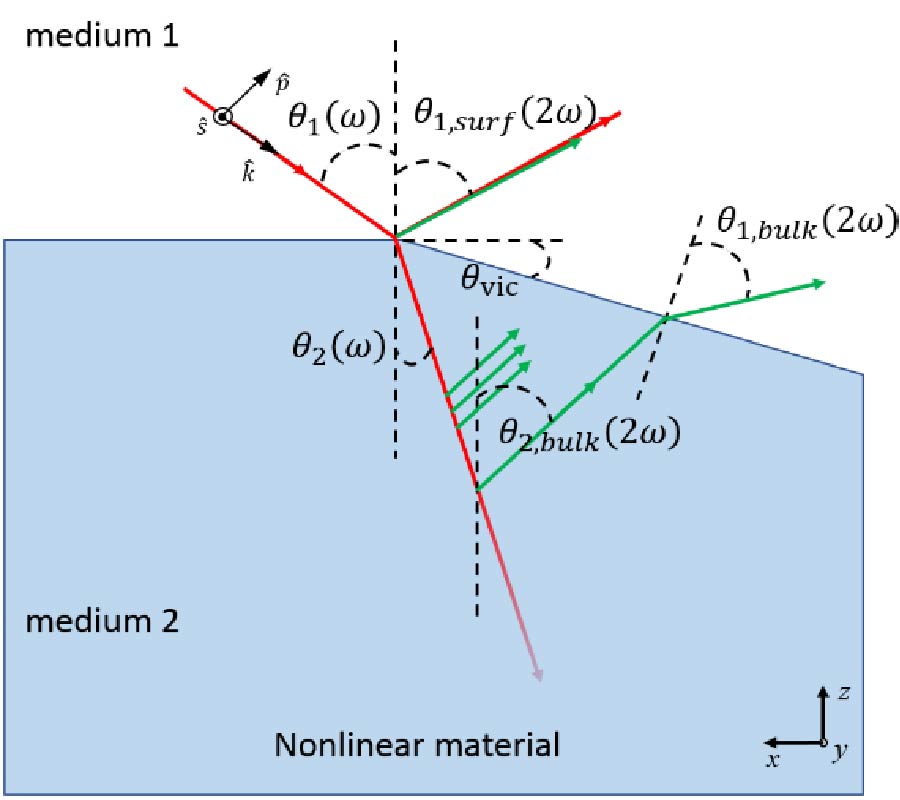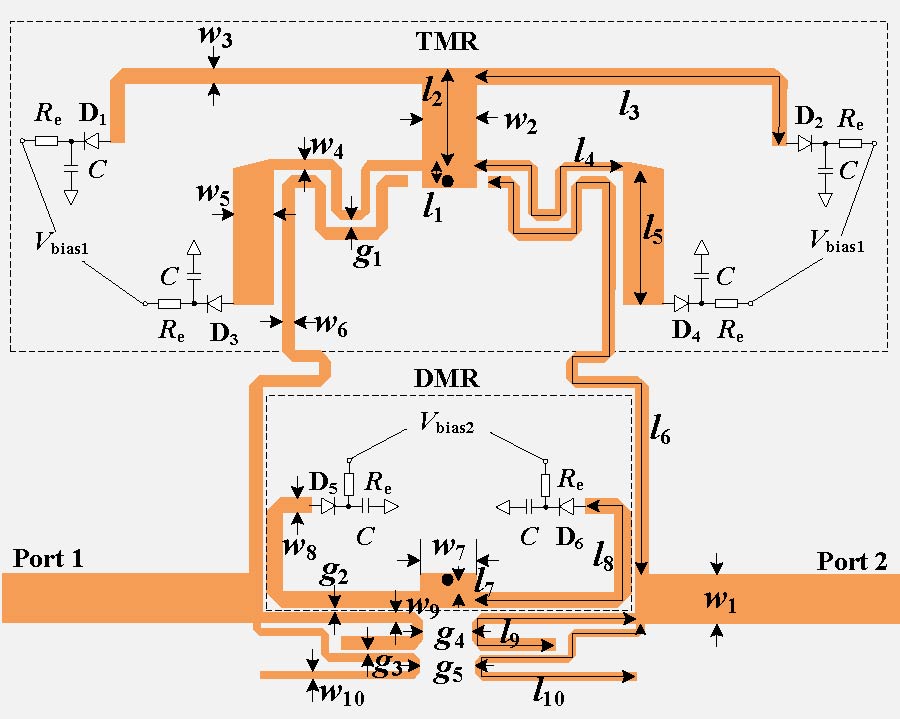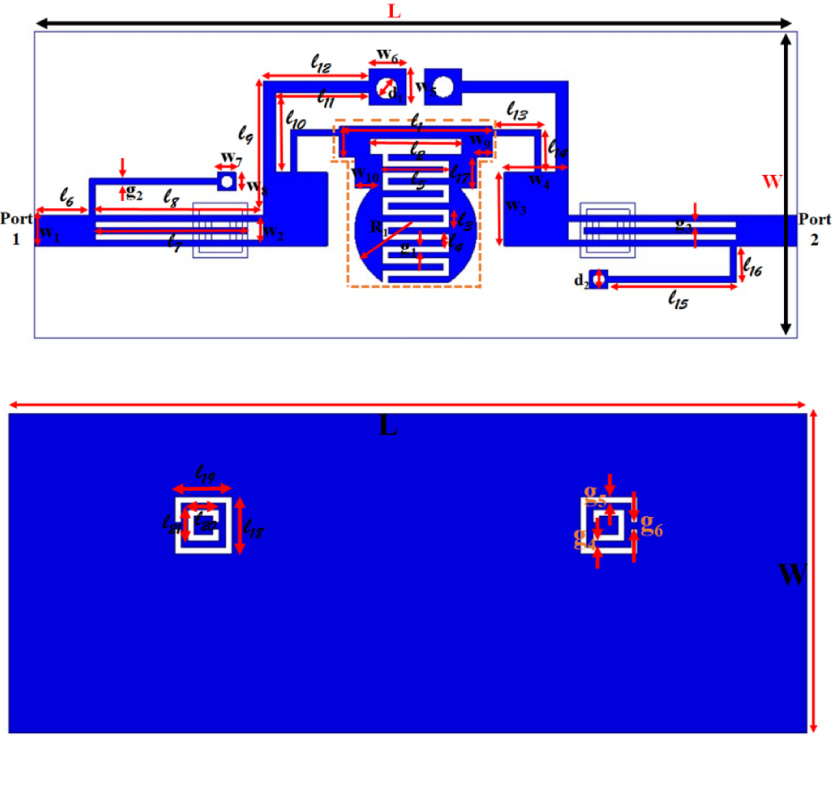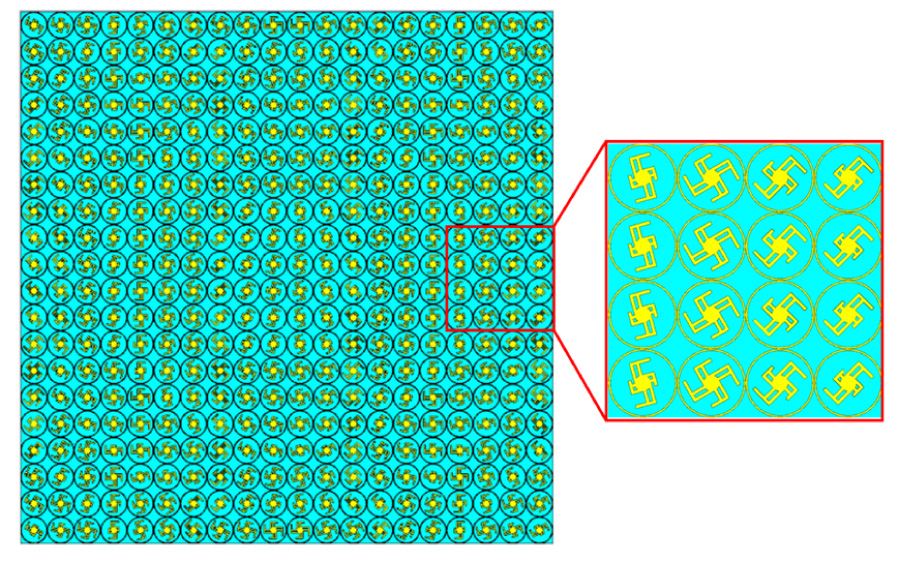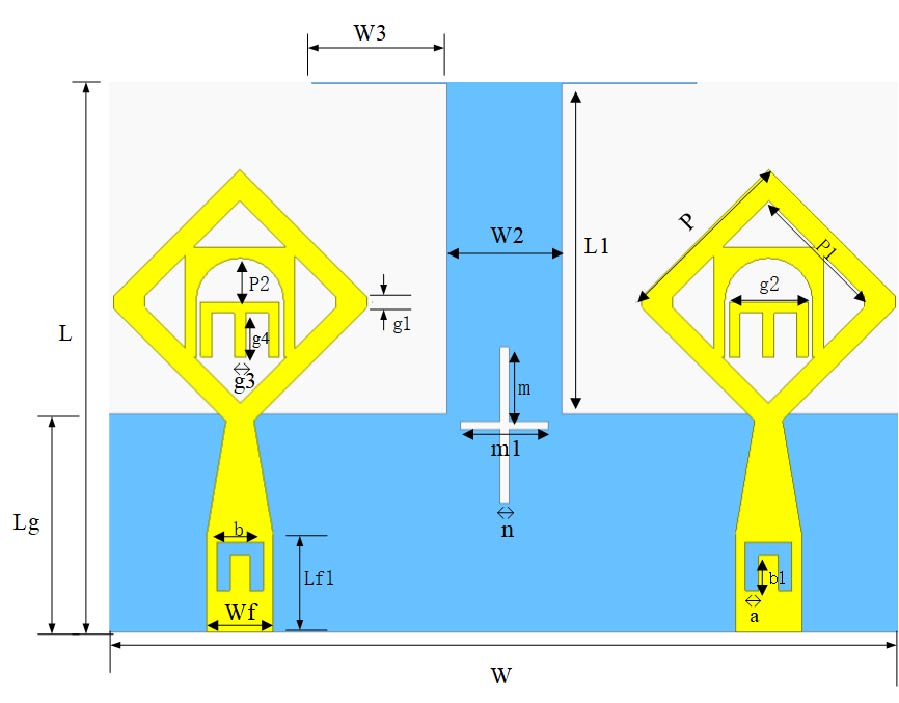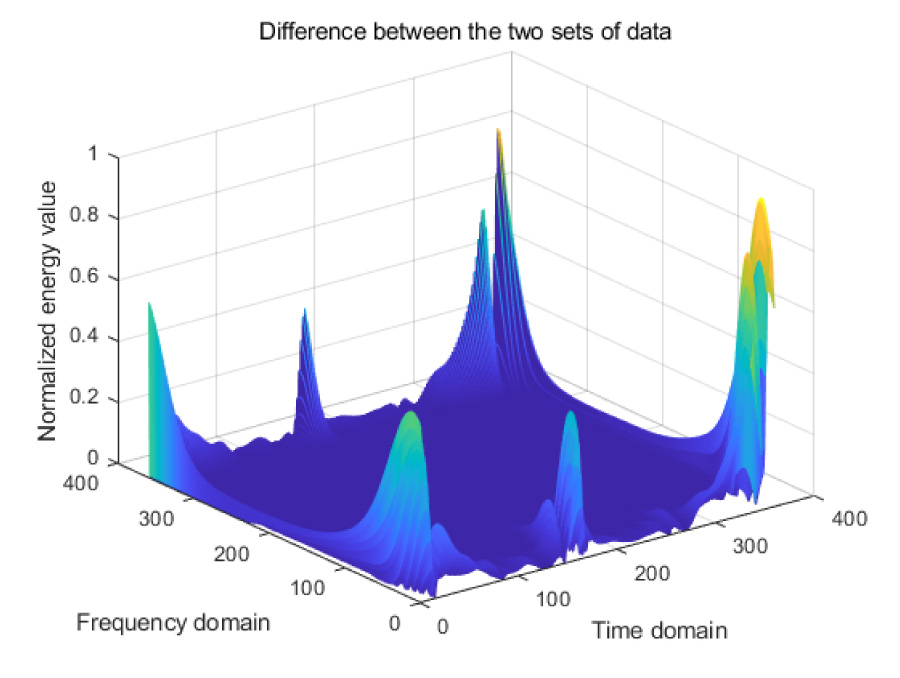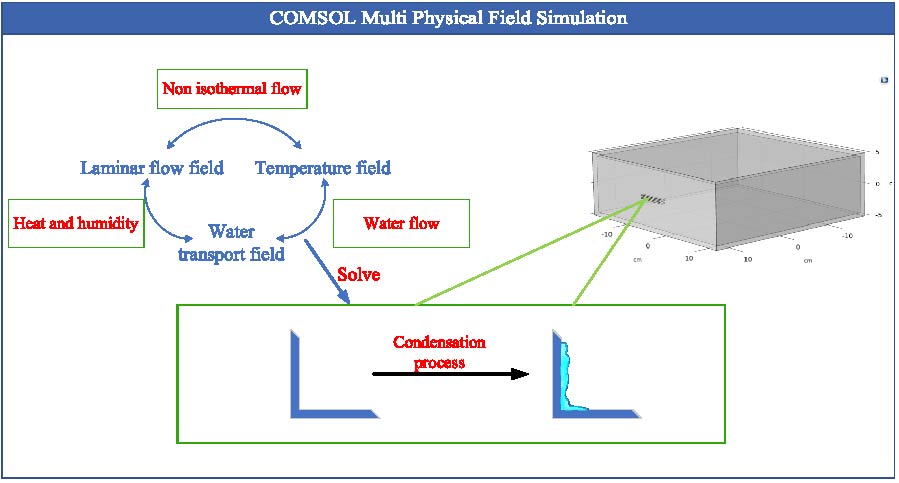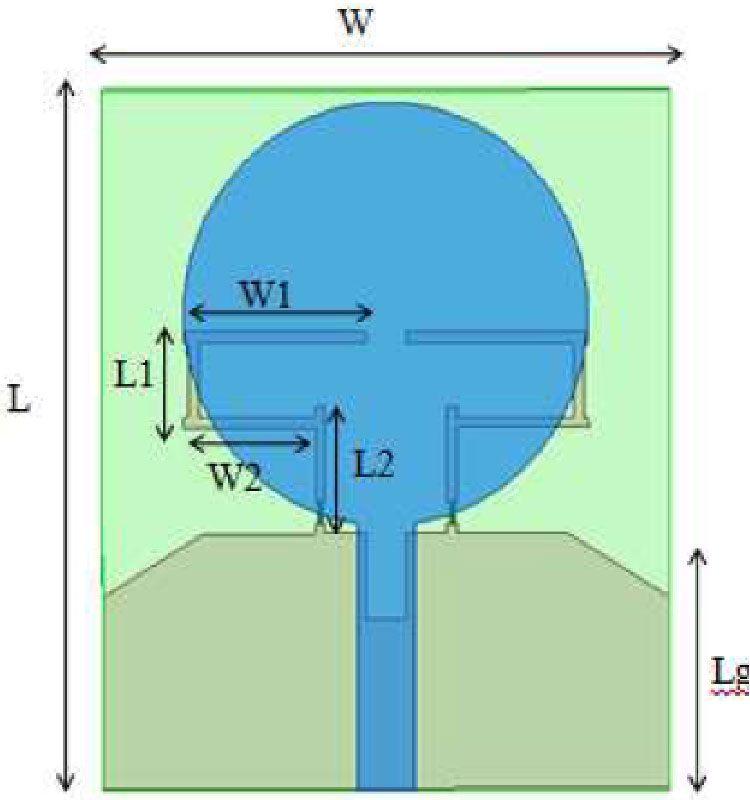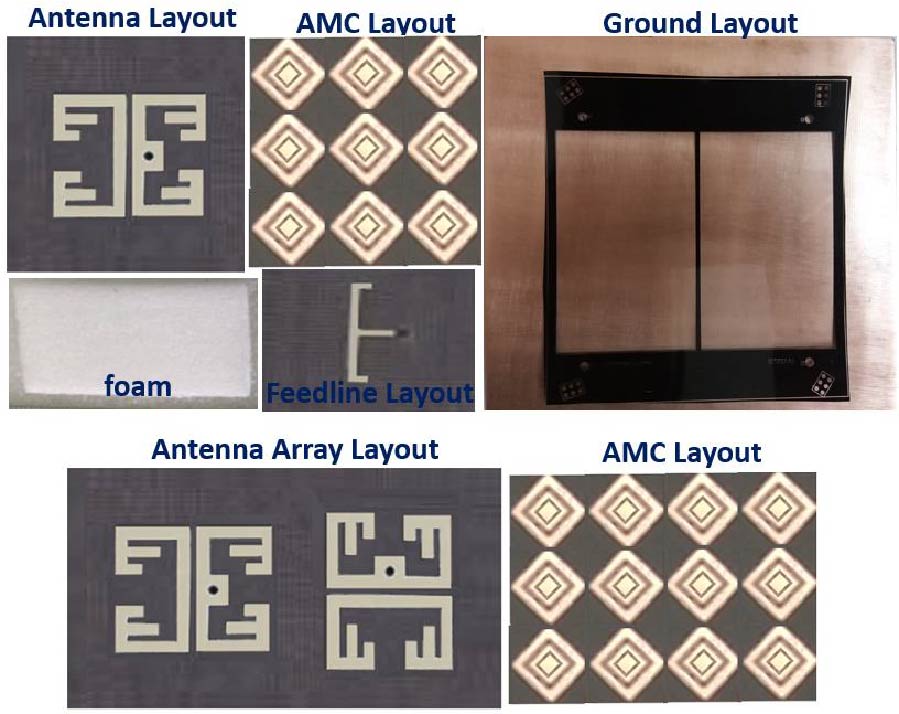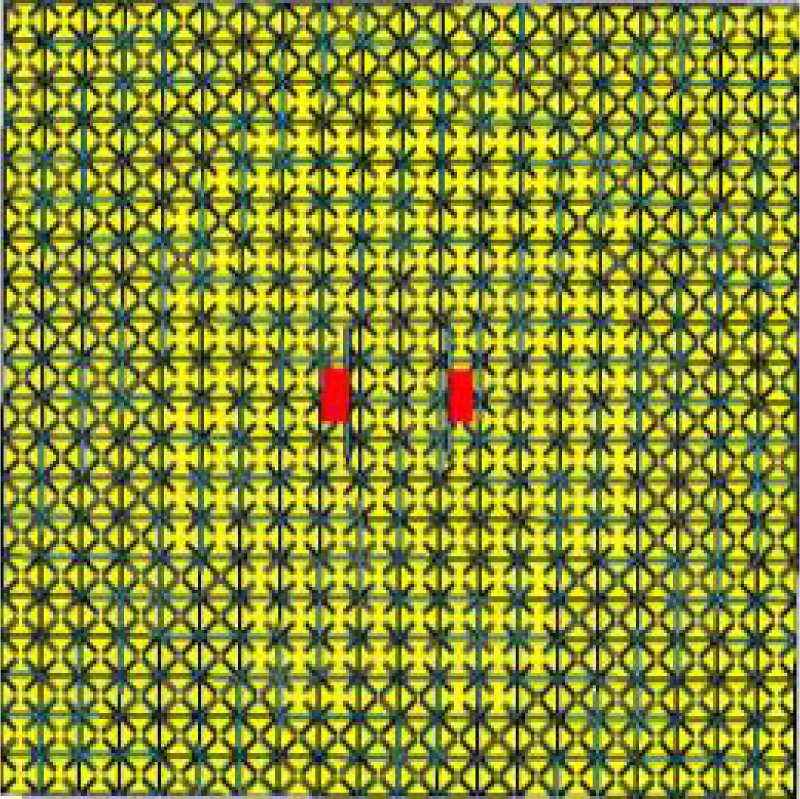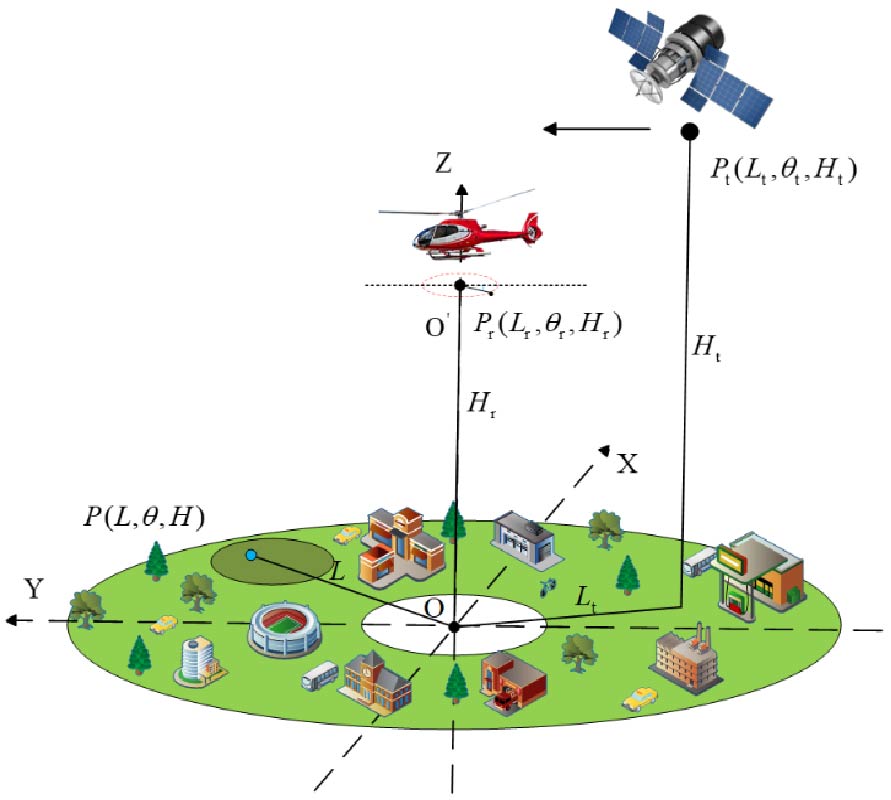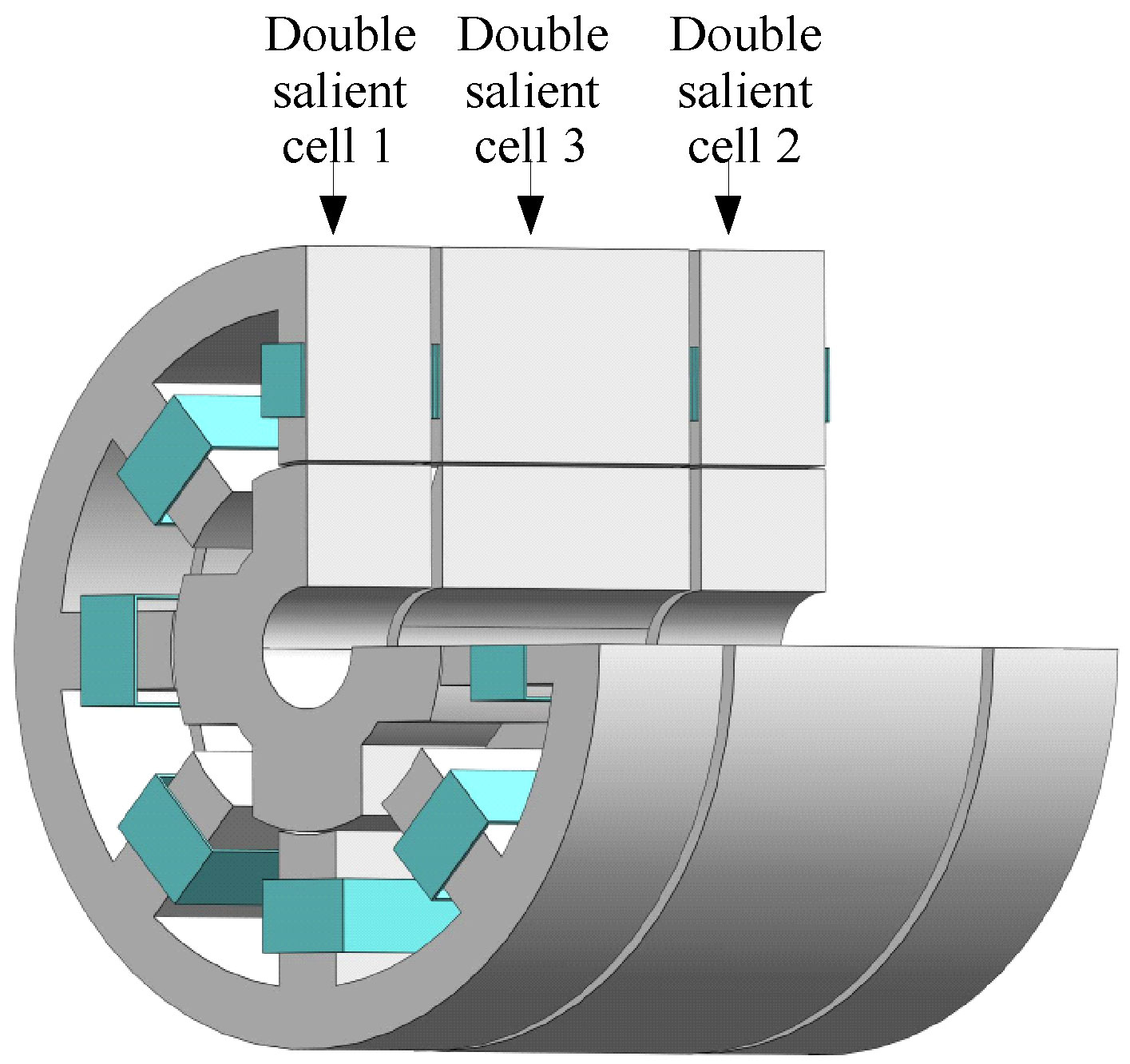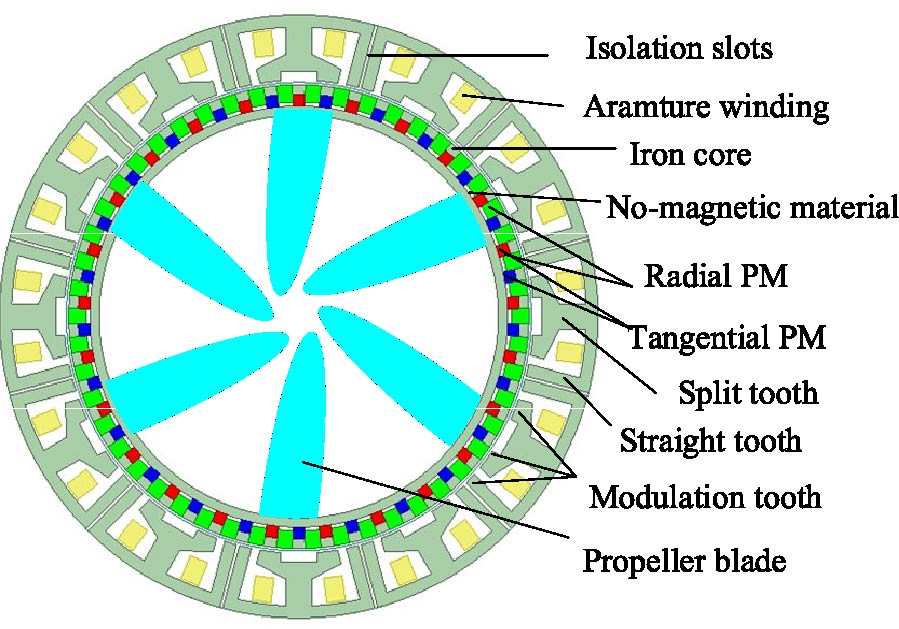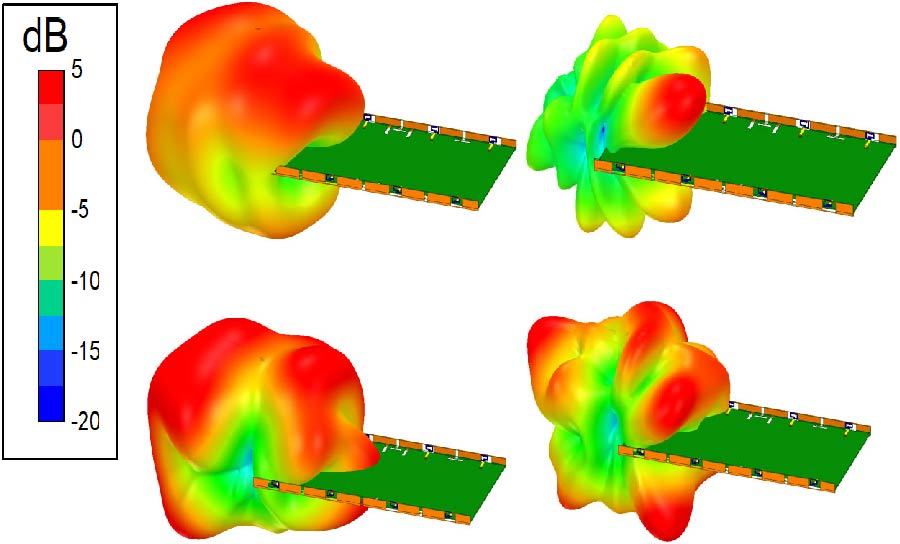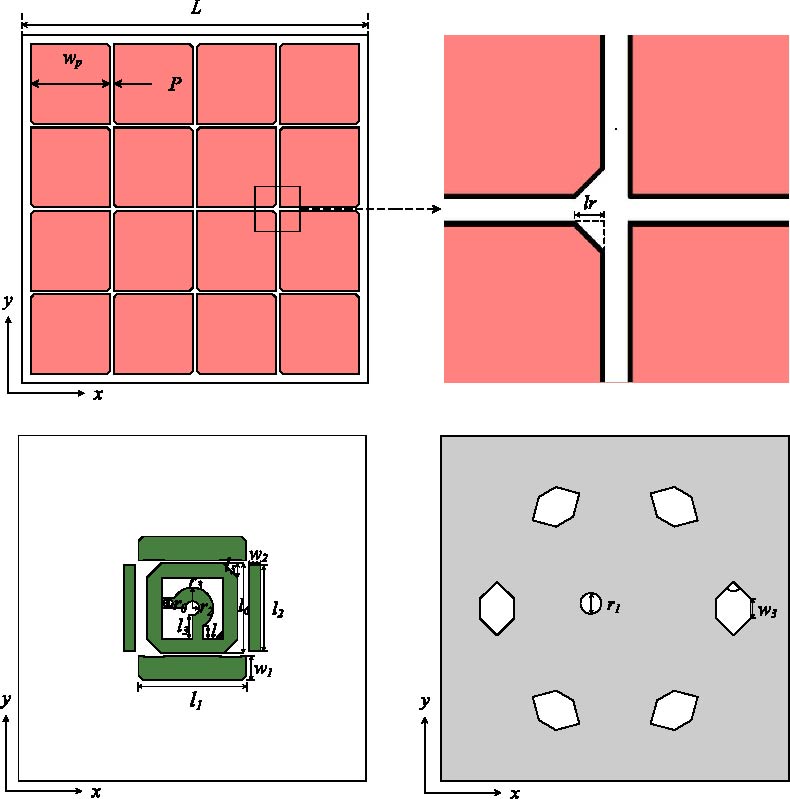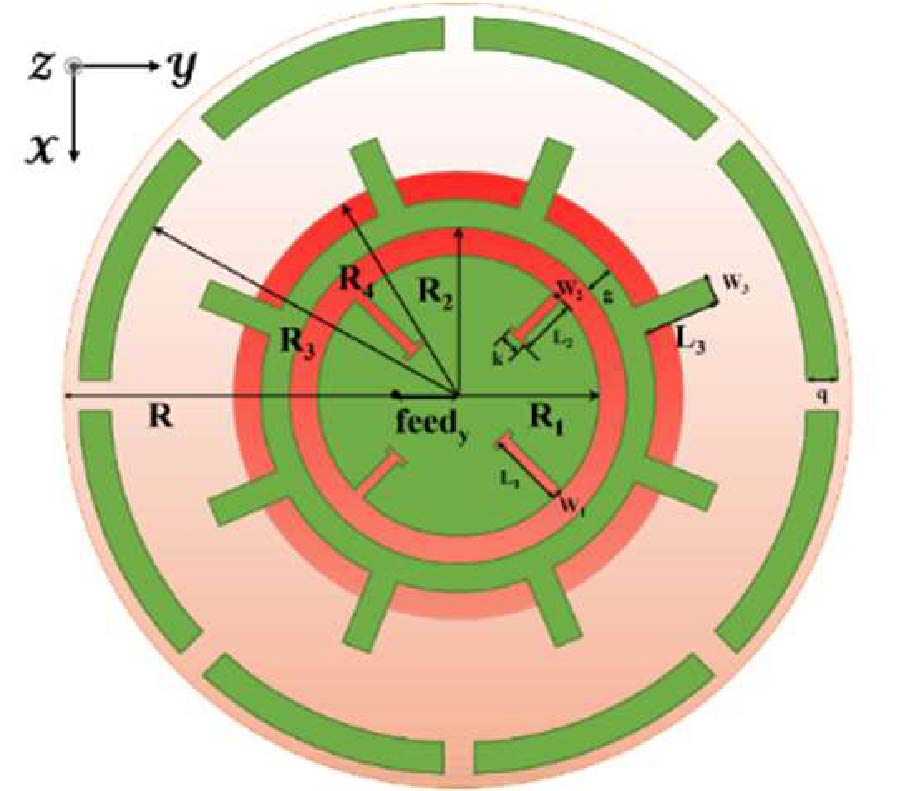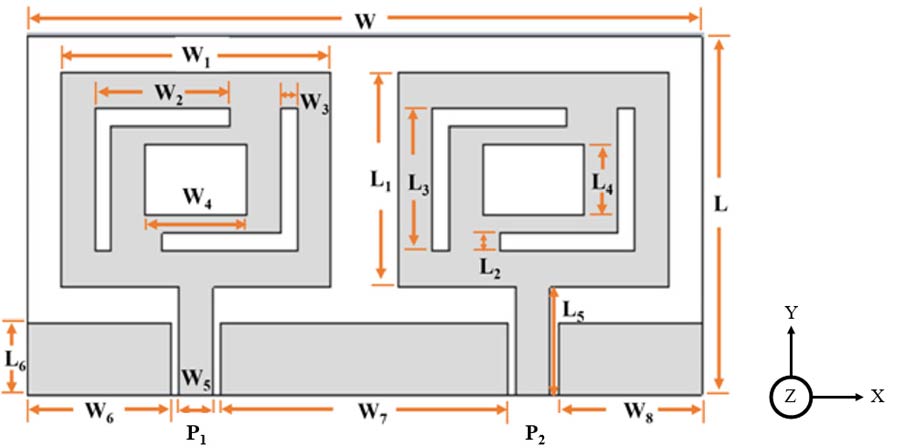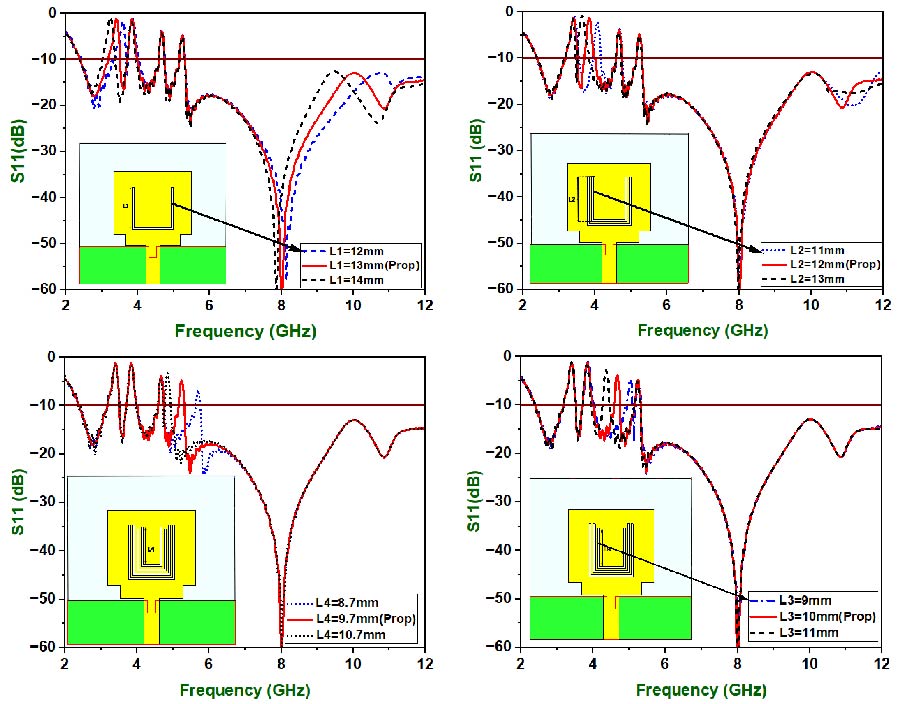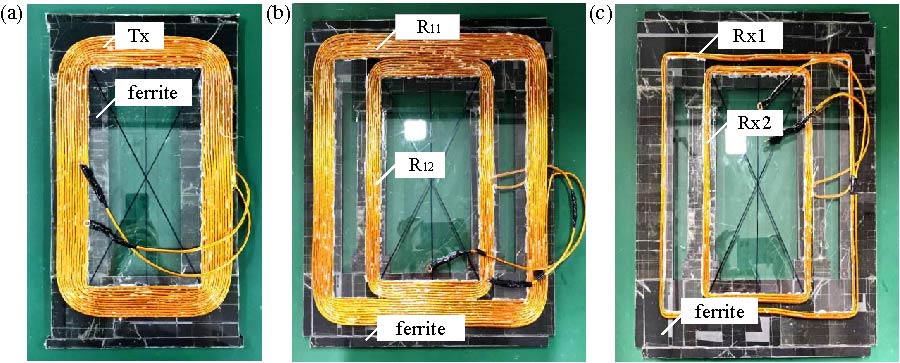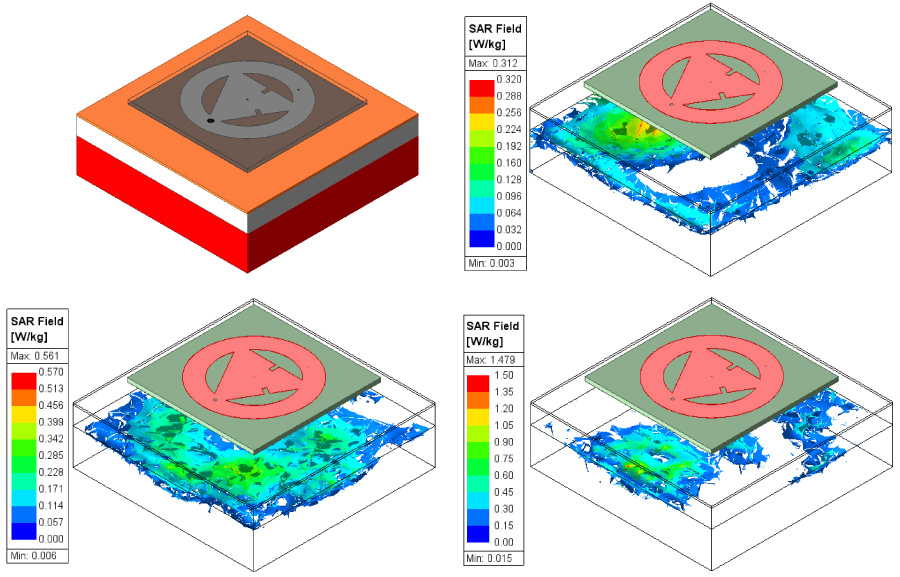Research on RCS Data Validation Based on SPWVD
Jiaxin Shi,
Jun Hu,
Zhiwei Gao,
Lizhong Song,
Huapeng Zhao,
Ran Zhao,
Wei Chen and
Min Zhang
At present, Feature Selective Validation(FSV) is the most common data verification method of computational electromagnetics, and its effectiveness has been verified since its release in 2006, but since the main research object of this method is electromagnetic compatibility data, the 8 sets of data used for algorithm training also come from the field of electromagnetic compatibility, and its data curve has the characteristics of gentle waveform and small fluctuations. However, Radar Cross Section(RCS) data, especially high-frequency RCS data, usually have complex waveforms and drastic fluctuations, and the results obtained by the FSV method are often quite different from those obtained by experts. This paper proposes a new data verification method based on Smoothed Pseudo Wigner-Ville Distribution(SPWVD) algorithm for RCS data, which integrates the characteristics of RCS data and expert evaluation experience, and verifies its effectiveness in RCS data verification.
